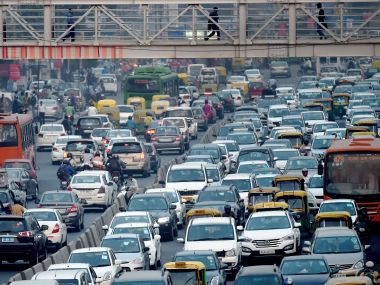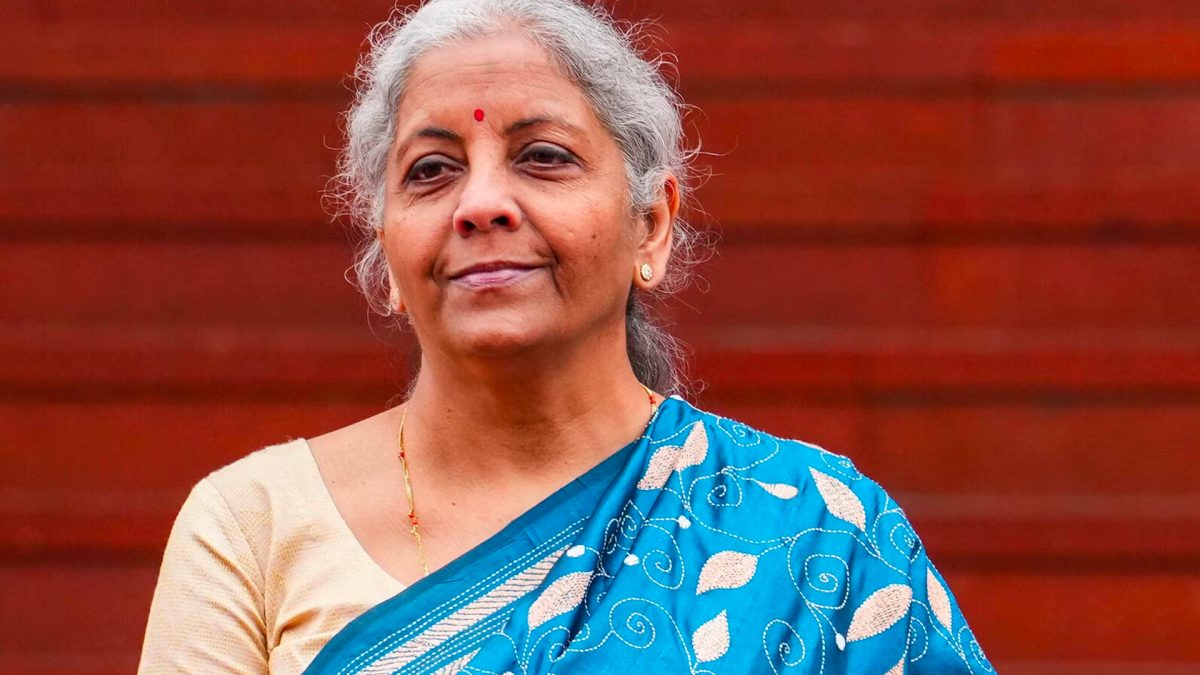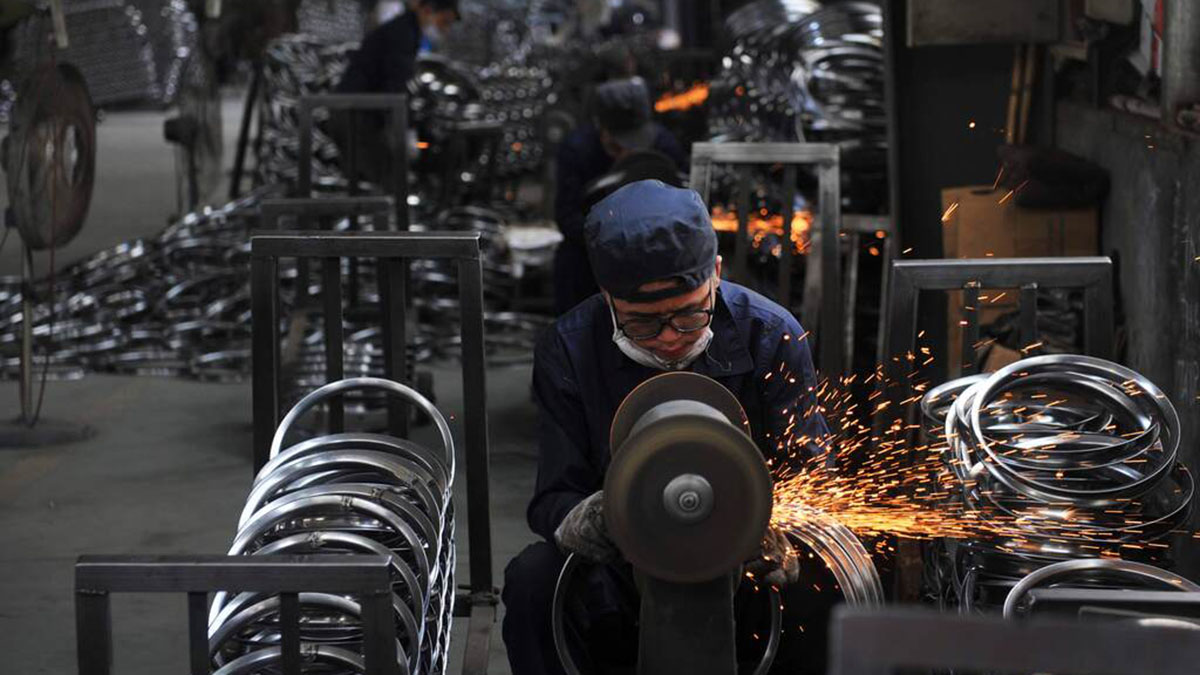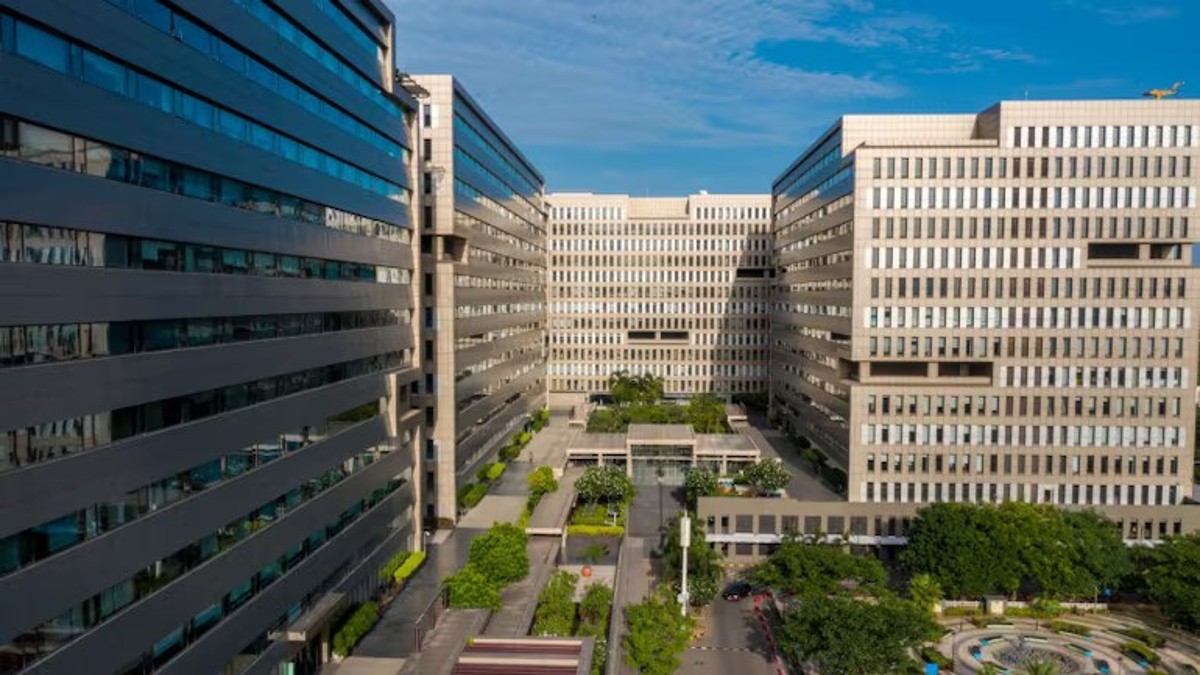Editor’s note: This is the fourth part of a series in which Firstpost’s columnists analyse the ongoing economic slowdown and offer solutions.
The most positive aspect of the economic slowdown in the country is that there is official acceptance that something is amiss ranging from the financial to the real estate sector; and that something needs to be done. We were otherwise in a stage of denial where there were attempts made to show that the economy is chugging along—the GDP data debate , the employment controversy and the ‘fastest growing economy’ curtain. One may go back three years when the downslide began.
Demonetisation affected the SME sector sharply (leading to close-down and job losses), farm incomes and general consumption that came in the way of growth. GST, a prudent act, had collateral consequences on the economy where the SMEs had to bear a double whammy while production processes and government finances went awry. In between the NPA problem ballooned as banks began recognising their bad assets which in turn led to the situation where they ran short of capital (PSBs) and became more risk averse.
While the PSBs managed a semblance of stability in FY19, the NBFCs started a new cycle of doom which choked finance to consumers, infra, mortgages and SMEs. While the Reserve Bank of India (RBI) made sure banks could lend more, the latter were not interested. The result of all these developments can be seen in stunted consumption and investment.
Any solution to the twin problem would involve addressing each of these issues in conjunction with one another or the edifice will not be sustainable. Also given the factors that have contributed to the slowdown over a period of time, it would be necessary to remember that the revival process would be gradual and probably take 2-3 years in the absence of any serious shock.
Let us look at the issues involving investment. First, the government which has been the main driver in the last few years should continue to meet its budgetary target which is a necessary condition.
However, it should be realised that the total capex outlay of around Rs 3-3.3 lakh crore in the last few years is too small to make an impact on the GDP which is around Rs 210 lakh crore. Therefore, there has to be a fiscal stimulus provided which goes beyond the FRBM norms. This is the only way to accelerate the process or else there would always tend to be compromises in terms of cutting discretionary spending to meet the fiscal targets.
An additional spending of 0.5 percent of GDP can be considered annually for the next 2-3 years with clear delivery targets.
Ideally, states too should pitch in and provide a stimulus which does not look easy given that most states are walking the edge of 3 percent fiscal deficit mark which cannot be breached.
They have challenges given the overhang of DISSCOM debt taken by several states which makes extra spending more difficult. However, the central government needs to give a one-time push by allowing for some extra capex for one year so that 0.25 percent of state GDP can be incurred beyond the present space that is available. These two moves will definitely help the investment cycle to turnaround.
Second, the policies of the government relating to taxation need to be reconsidered. The thrust has been on garnering more revenue-based on the ability to pay which has been a deterrent for FPIs which send different signals to investors. Similarly bringing in sector specific laws like say targets for electric vehicles or the proposed CSR criminal penalty makes companies take fright and conveys a negative sentiment. While the policies per se are commendable, the timing has to be right. The same has to be considered for the real estate sector which has the potential to create not just value but also employment.
Third for private investment to be triggered, demand has to increase for sure which may not be within the purview of the government. However, for encouraging investment, support has to be provided by tax incentives. Creating an enabling environment is one thing which is necessary but for real benefits to percolate, we need to have direct incentives like say an investment allowance or exports support.
This has to be gradually made more aggressive for SMEs where today the benefits are more to enhance the flow of credit as well as mandated government procurement. Arguably this cannot be achieved in a short span of time as international treaties like the WTO have to be also taken into account. But SME revival is a must as this segment has been affected the most by the twin reforms in 2016 and 2017 which has affected job creation given their spread across the country and sectors.
Fourth, the financial sector has to be reviewed with a different view in mind. Presently bank support is more through capital but reforms to make them more independent are necessary. Similarly to remove the fear psychosis in the bankers, there needs to be laws which frees them from blame in case of NPA creation. In the absence of such measures, bankers will always be apprehensive about lending for such projects.
Fifth, the shadow banking system, i.e. NBFCs have a size of around 20 percent of bank credit and do provide the last mile connectivity between the banks and market and the customer. The present liquidity crisis needs to be resolved soon and while RBI has provided liquidity to banks, the Budgetary measure of partial guarantee needs to be elongated in tenure and magnitude to make a difference as typically NPAs take time to build. The present norm of two years should be extended to have an impact.
On the consumption side, there is really little that can be done as the demand factor works gradually as the economy grows and income increases as employment is generated. The rural economy can also contribute positively provided the monsoon dynamics works out and farmers are able to get the right price in the market.
While the government announces MSPs, they are effective only for rice and wheat where there is a back-end support of procurement. For other crops it is notional. States should take the initiative here and have a scheme to buy at these prices and store for future use. But this can mean subsidising agriculture further which may not be viable given the FRBM norms. Hence, practically speaking there are hurdles along the way.
The path to economic revival will be slow and probably involve compromises along the way. Some reforms like labour have to be skipped as it will contravene the goal of employment generation which is required to keep consumption ticking. Loss of jobs in the auto sector is a grave reminder of the seriousness of the issue—something which the SME job loss did not catch attention. The consolation is that even the west has not recovered from the 2008 financial crisis and China is still wondering how to stimulate consumption. India is not really very unsatisfactorily placed, but needs to take some affirmative action.
(The writer is Chief Economist, CARE Ratings)
Read other stories in series here:
Part 1: Why Narendra Modi govt shouldn’t delay fiscal stimulus to revive struggling industries
Part 2: Country needs meaningful transition policies; simple demand and supply games won’t do
Part 3: Narendra Modi govt has a herculean task ahead to pep up growth with dying private investment


)




)
)
)
)
)
)
)
)